Ashes of The Singularity is a large scale real time strategy game from Stardock & Oxide Games that should see a Linux release.
See the video below:
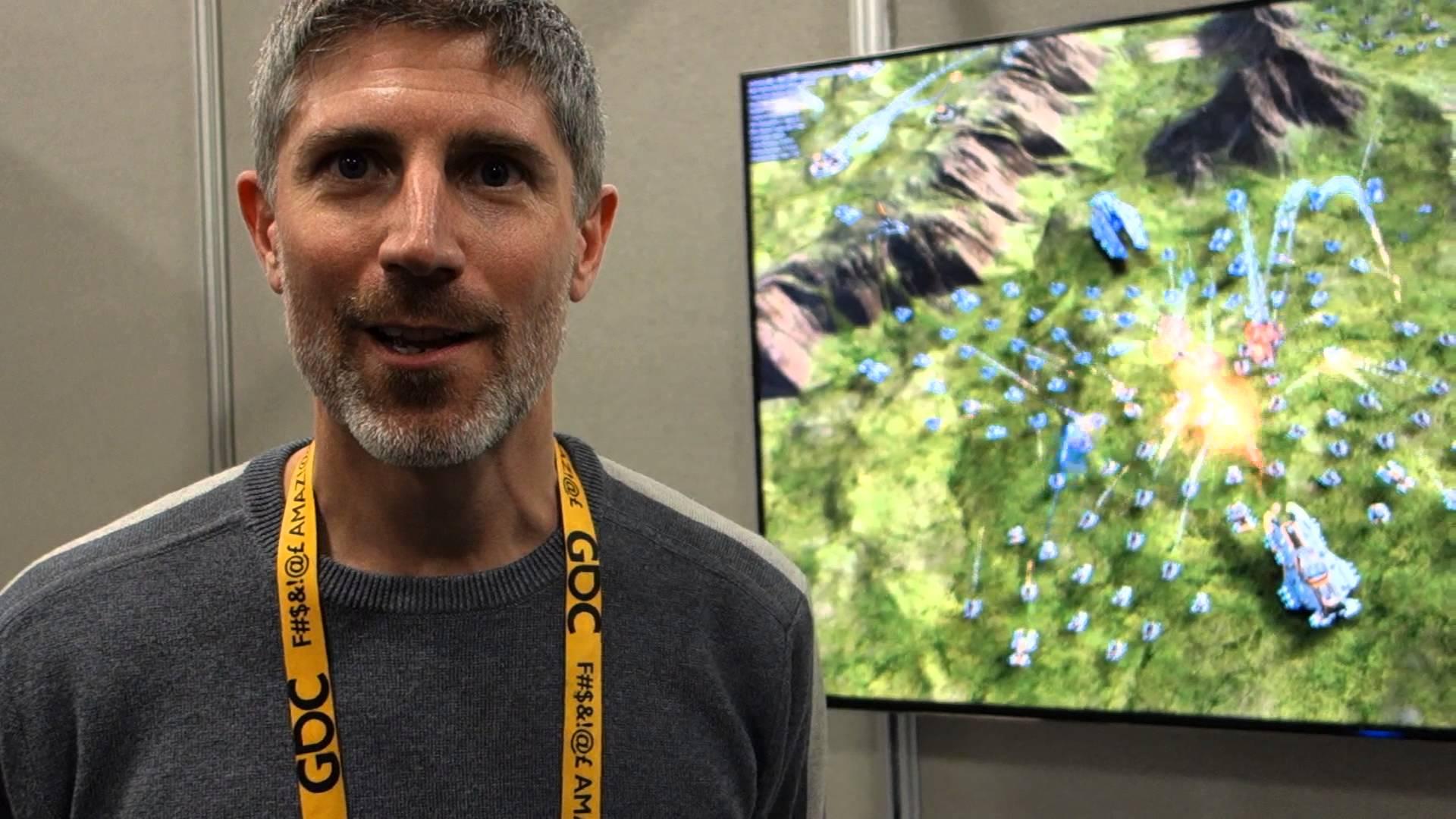
Oxide Games are part of the Khronos Group, so hopefully a Vulkan version of it for Linux will appear in future.
Their FAQ even mentions it directly:
About the game
Ashes of the Singularity is a real-time strategy game set in humanity’s not-so-distant future. What it means to be human has changed with the coming of the singularity.
In the post-human economy, sentience is now the most valuable commodity in the universe. The only way to acquire more of that is through the control of computronium – programmable matter – which can extend consciousness to levels we can't even imagine. Worlds are being transformed into this substance and wars are now being fought across the galaxy for control of those worlds.
Each conflict takes place across an entire world. It isn't a skirmish. It's a war. Thousands of units are constantly constructed and sent across the planet with the player directing entire armies, in real time, to capture key resources in an effort to gain total control of the planet.
See the video below:

YouTube videos require cookies, you must accept their cookies to view. View cookie preferences.
Direct Link
Direct Link
Oxide Games are part of the Khronos Group, so hopefully a Vulkan version of it for Linux will appear in future.
Their FAQ even mentions it directly:
QuoteWindows PC for now, but we are entirely confident that we’ll release Ashes on MacOS, SteamOS, and Linux. Oxide Games is part of the Khronos group, which is developing the next-gen Vulkan graphics API that should be the API of choice on those platforms. This gives us great confidence in getting Ashes and Nitrous running on those platforms in the not-too-distant future.
About the game
Ashes of the Singularity is a real-time strategy game set in humanity’s not-so-distant future. What it means to be human has changed with the coming of the singularity.
In the post-human economy, sentience is now the most valuable commodity in the universe. The only way to acquire more of that is through the control of computronium – programmable matter – which can extend consciousness to levels we can't even imagine. Worlds are being transformed into this substance and wars are now being fought across the galaxy for control of those worlds.
Each conflict takes place across an entire world. It isn't a skirmish. It's a war. Thousands of units are constantly constructed and sent across the planet with the player directing entire armies, in real time, to capture key resources in an effort to gain total control of the planet.
Some you may have missed, popular articles from the last month:
All posts need to follow our rules. For users logged in: please hit the Report Flag icon on any post that breaks the rules or contains illegal / harmful content. Guest readers can email us for any issues.
I saw this game in an AMD promo video and it's gorgeous, if it gets a decent single player campaign, and come to Linux, i'm on the boat (it also reminds me Total Annihillation which is one of my favourite rts title back i time).
0 Likes
Was this that was used to show how well mantle run compared to dx11 iirc. Reminds me of supreme commander on that screen shot
0 Likes
I saw this game in an AMD promo video and it's gorgeous, if it gets a decent single player campaign, and come to Linux, i'm on the boat (it also reminds me Total Annihillation which is one of my favourite rts title back i time).
Same here man.
It seems that they're more successful dealing with huge amounts of units. Maybe PA was too ahead of its time.
0 Likes
Same here man.
It seems that they're more successful dealing with huge amounts of units. Maybe PA was too ahead of its time.
What's the issue with PA and big unit numbers?
0 Likes
Was this that was used to show how well mantle run compared to dx11 iirc. Reminds me of supreme commander on that screen shot
Same people, same engine (mostly), different game. Star Swarm was the Mantle tech demo.
haha, ya right might of been for freesync thing on a vid I watched with a asus monitor then.
0 Likes
What's the issue with PA and big unit numbers?Interesting what he meant too because main bottleneck is simulation and not GAPI.
In PA like in any RTS simulation going to lag after some point as physics for units and projectile simulation are costly. Also guys with slow internet may have "lags" because it's client-server so it's using abysmal about of bandwidth and server start throttling as some point.
0 Likes
What's the issue with PA and big unit numbers?Interesting what he meant too because main bottleneck is simulation and not GAPI.
In PA like in any RTS simulation going to lag after some point as physics for units and projectile simulation are costly. Also guys with slow internet may have "lags" because it's client-server so it's using abysmal about of bandwidth and server start throttling as some point.
I don't have any TEC background so it was a wrong simplification, yes.
Not the units per se, but the physics "attached" to it. Thanks for the explanation.
0 Likes
They shouldn't be sending that much data surely? I don't have PA (at least, not yet), but I would have thought they'd do the obvious: synch any required variables, so the same simulation runs on all machines - then you only need send client actions to everyone in a lock-step fashion.PA is designed for start to be client-server game exactly because traditional model when simulation run on every machine has a serious issues:
1. Player with slowest CPU limit sim performance for everyone.
2. Players with high latency (e.g Australia + Europe + USA) cause issues for everyone.
Basically with traditional P2P networking/simulation it's impossible to have more than 12 players in game because it's will lag too much (if simulation is synchronous like in Supreme Commander) or heavy cheating will be possible if simulation is asynchronous (like in Total Annihilation and many old games).
PA can handle 40 players just fine if server is powerful enough.
Also without client-server model things like ChronoCam is almost impossible and there no way to protect game from cheaters (map hacks). So client-server is costly as state of each unit/projectile have to be transferred over network, but it's have own advantages.
Properly threaded (and there's the catch), simulation of everything won't be the bottleneck. I'll assume Oxide Games have put a bit more effort in there than the PA people.Renderer multithreading have nothing to do with simulation threading. Amount of units they show in trailer nowhere near to what may be present in PA. Also PA renderer is threaded even if it's hacky with current OpenGL.
1 Likes
*Accidental double post. Removed*
0 Likes
I was referring to game logic simulation - that shouldn't be a bottleneck for anyone.Problem is: main CPU load in RTS are from simulation, not from renderer. So basically when you have 2+ players in game there is always chance that one of them will have slower CPU and as result he'll bottleneck the game.
And the more players is there the higher is that chance.
Of course, such things are often tied to the renderer in some fashion or other, which can definitely slow a lock/step implementation down.I doubt there is any RTS around where simulation tied to renderer.
Which is all a bit of a sidetrack from the main topic, though Oxide are probably going to have similar issues to handle as well.Like every other RTS developer, but this is usually solved on game design level via unit cap or limited size of maps or resources available. Their game also a lot more traditional because it's use height level maps and a lot simpler terrain so they have less problems than PA on sphere. Also if they abandon a lot of legacy hardware they may also use things like GPU compute for some tricks, but it's won't make a lot sense as it's still bottlenecked by slowest supported hardware.
So there is more questions than answers as there too few information about the game.
1 Likes
Games don't run as fast as the CPU can possibly go - at least not these days.No matter what Intel marketing say even high-end CPUs are extremely slow and compared to GPUs their performance increase really slow too. When you have 1000 units on map any mediocre CPU can handle it, but when there is 10000-20000 units it's hard for any CPU.
They're given a time based tick, and I do doubt that any RTS will be slowed down by game logic taking longer than that tick (poor programming aside).All RTS games are CPU bottlenecked no matter if they old or new and if you have 20,000 units in game it's will be bottlenecked on any CPU no matter how powerful it is. And in PA each projectile is a unit that need collision detection with everything else on same planet.
Multi Threading optimizations is possible, but they require a lot of workarounds as passing data between CPU cores is extremely slow and you can't just access gamestate from within multiple cores. Workaround is to split one huge "world state" in multiple smaller "worlds" like areas where each area simulated on different core, but then you have to fake a lot of things and for example AI won't able to efficiently access all data needed.
There also some things that are extremely taxing even if you have just 1000 units. For example "flocking" in pathfinding is extremely expensive and even if you have group of 1000 units and you can't have RTS with huge units crowds without it. It's can be accelerated on GPU, but it's won't help as not all GPUs have same compute abilities.
So yes, slow graphics can slow down gameplay logic - and that's where next gen APIs can help (by removing a lot of driver overhead, reducing CPU load of the renderer).Graphics can't slow down simulation likely in any RTS released in last 10 years.
All RTS run simulation in separate threads.
1 Likes
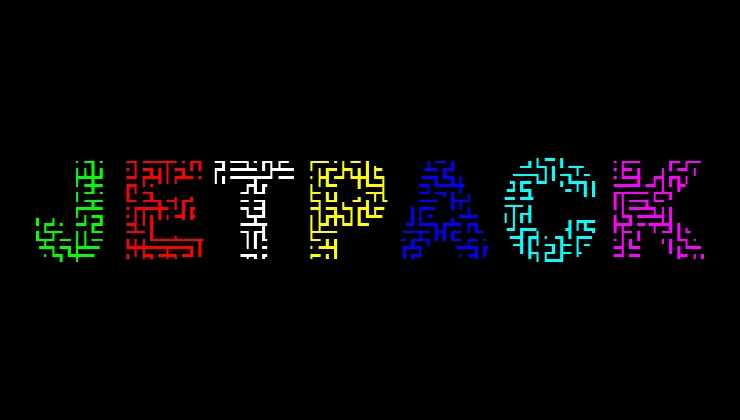
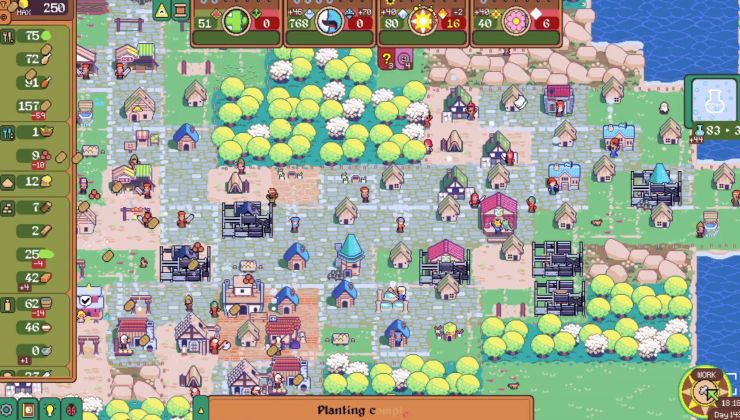
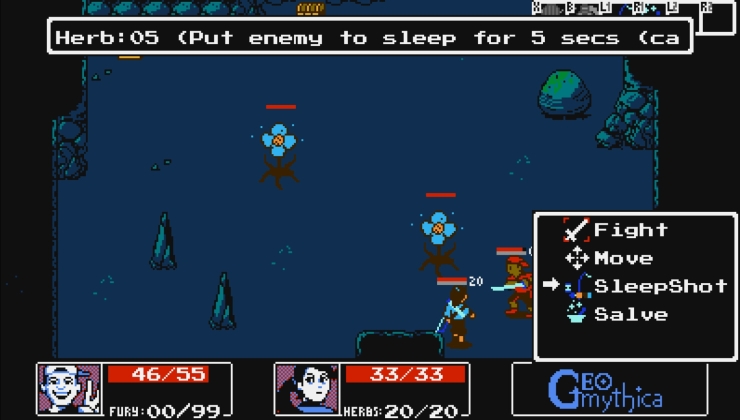
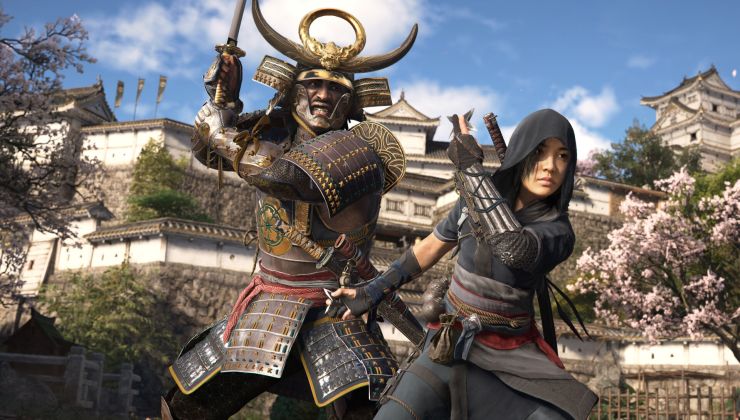



 How to set, change and reset your SteamOS / Steam Deck desktop sudo password
How to set, change and reset your SteamOS / Steam Deck desktop sudo password How to set up Decky Loader on Steam Deck / SteamOS for easy plugins
How to set up Decky Loader on Steam Deck / SteamOS for easy plugins
See more from me